Rick Pushinsky: Songs of Innocence & of Experience, by Francis Gilbert
27 Jul 2016
Last year, photographer Rick Pushinsky, inspired by a study guide I had written to William Blake’s Songs of Innocence and Experience, decided to make photographs in response to some observations in my book. The exercise became a collaborative artist book. I was particularly amused and intrigued by his rocket image, which he made in response to my question: “What might Blake be saying about relationships in this poem?” The poem referred to is Ah! Sunflower, which is part of a triptych on relationships and sex that also includes My Pretty Rose Tree and The Lilly.
In My Pretty Rose Tree the poet explores themes such as the blindness of jealousy and the futility of loyalty, subtly advocating the case for free love. In Ah! Sunflower he has to suffer a relationship with a person who is yearning to be elsewhere, in a world characterised by repressed desire and emotional coldness. Pushinsky’s photograph is particularly good at suggesting this sense of a journey – with its image of the toy, phallic rocket, whose backdrop is somewhat allusive of coldness.
The Lilly is the most positive symbol in Blake’s triptych because, unlike the thorny Rose and the threatening Sheep, the Lilly remains pure whatever she does. She retains an innocent state of mind, the type of incorruptibility Blake talks about in the Songs of Innocence, even though she might have relationships that many other people deem inappropriate. Taken together, these poems illustrate Blake’s idea that relationships are ruined not by sex or desire, but by the repression of desire, which leads people to daydream, and fantasies that might destroy their relationships in the real world.
Even if the poet in My Pretty Rose Tree does not have sex with the May flower, his bond with the Pretty Rose tree is ruined anyway because of her jealousy towards his mere desire for the May flower. Pushinsky’s rocket image suggests the sexual and emotional tensions that we encounter in all three poems. Particularly, it evokes the sense in Ah! Sunflower that youths are in a constant quest for what psychoanalyst and philosopher Jacques Lacan calls “alterity” or “otherness” – a fantasy of sexual perfection that does not exist. The photograph contextualises relationships in a humorous way, something that is absent from Blake’s poem, while the poignancy of Pushinsky’s image suffuses Blake’s illuminations and poetry.
Rick Pushinsky is a London based artist who studied at the Prince’s Foundation, The Glasgow School of Art and Byam Shaw. As a portrait photographer his clients include The FT, The Telegraph, Architectural Digest, The Sunday Times and Vogue. His book Songs of Innocence and of Experience: A Study Guide, published by Sternthal Books, is a response to William Blake’s 1789 illustrated collection of poems. The photographs of found and fabricated sculptures are interwoven with fragments of text from Francis Gilbert’s study guide to build a vision of the world seen through the prism of Blake’s imagination. The book will be launched at The Photographers’ Gallery on July 28, 2016.
Francis Gilbert worked for nearly a quarter of a century as a school teacher during which time he taught William Blake’s works many times to children aged 11-18. He has written a study guide on Blake’s Songs of Innocence and Experience, set up a blog and made a number of videos which contain some of his musical interpretations of Blake’s poetry. He now lectures in Education at Goldsmiths, University of London.
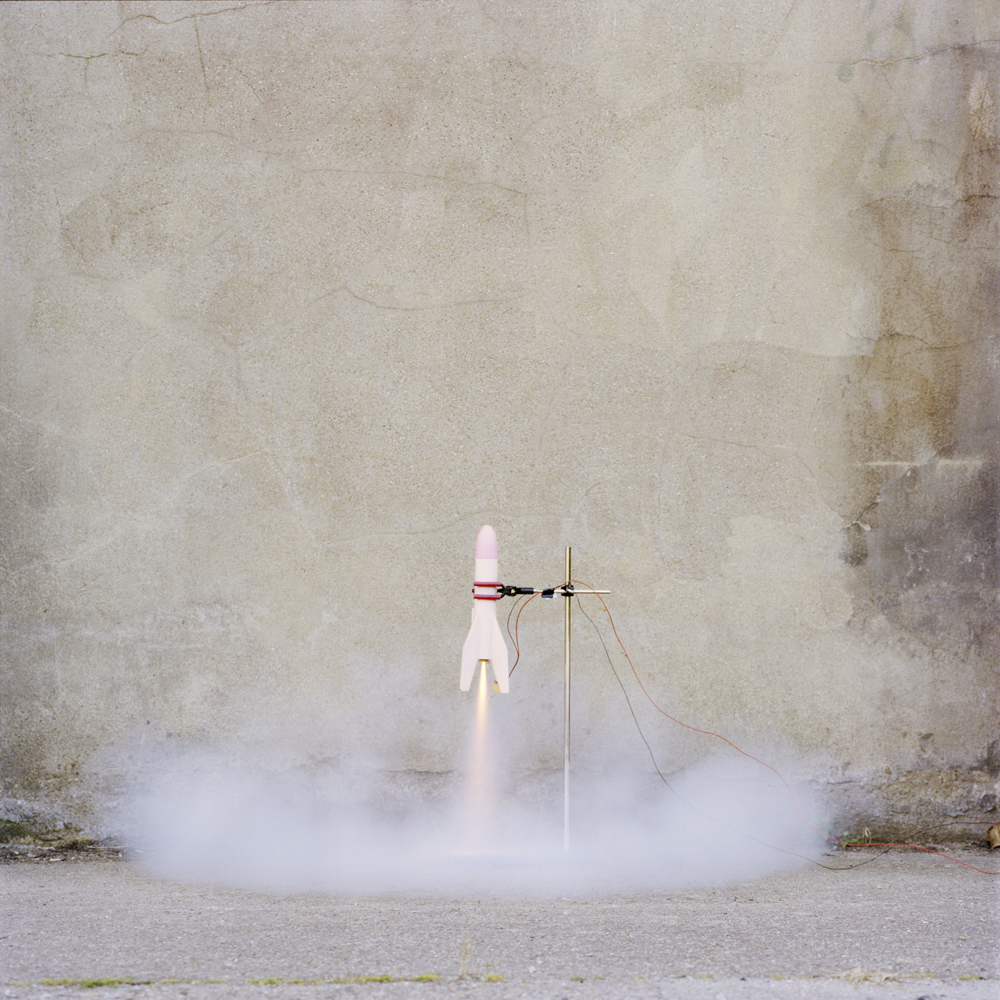 Rick Pushinsky, My Pretty Rose Tree / Ah! Sunflower / The Lilly, from the series Songs of Innocence & of Experience: A Study Guide, 2016, courtesy the artist
Rick Pushinsky, My Pretty Rose Tree / Ah! Sunflower / The Lilly, from the series Songs of Innocence & of Experience: A Study Guide, 2016, courtesy the artist
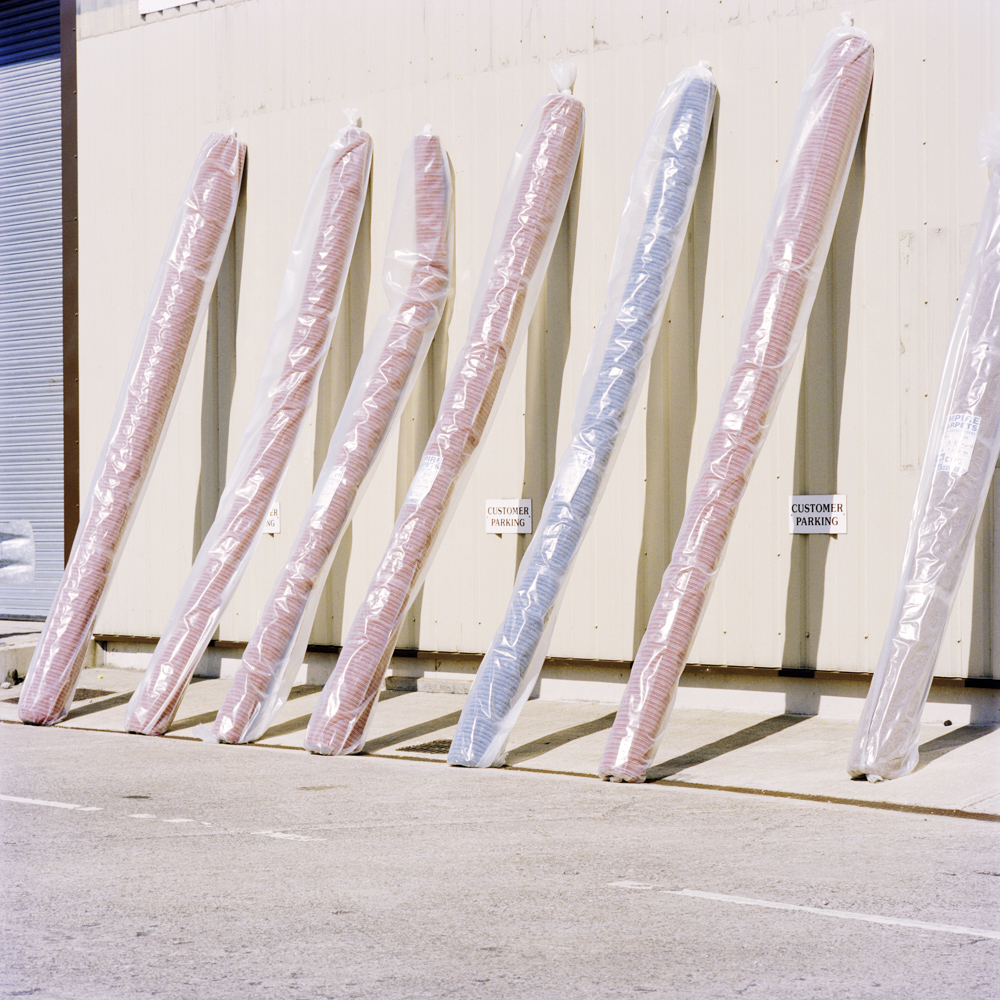 Rick Pushinsky, The Little Black Boy, from the series Songs of Innocence & of Experience: A Study Guide, 2016, courtesy the artist
Rick Pushinsky, The Little Black Boy, from the series Songs of Innocence & of Experience: A Study Guide, 2016, courtesy the artist
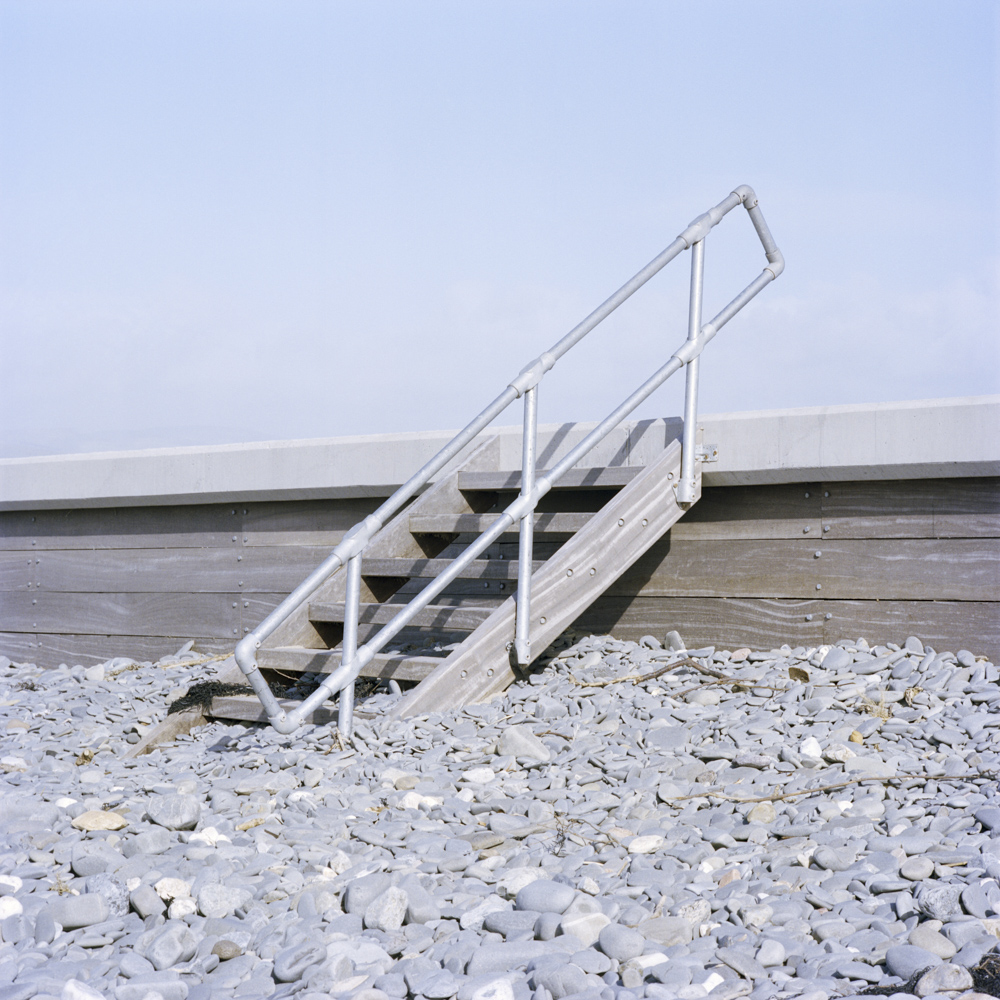 Rick Pushinsky, Little Boy Found, from the series Songs of Innocence & of Experience: A Study Guide, 2016, courtesy the artist
Rick Pushinsky, Little Boy Found, from the series Songs of Innocence & of Experience: A Study Guide, 2016, courtesy the artist
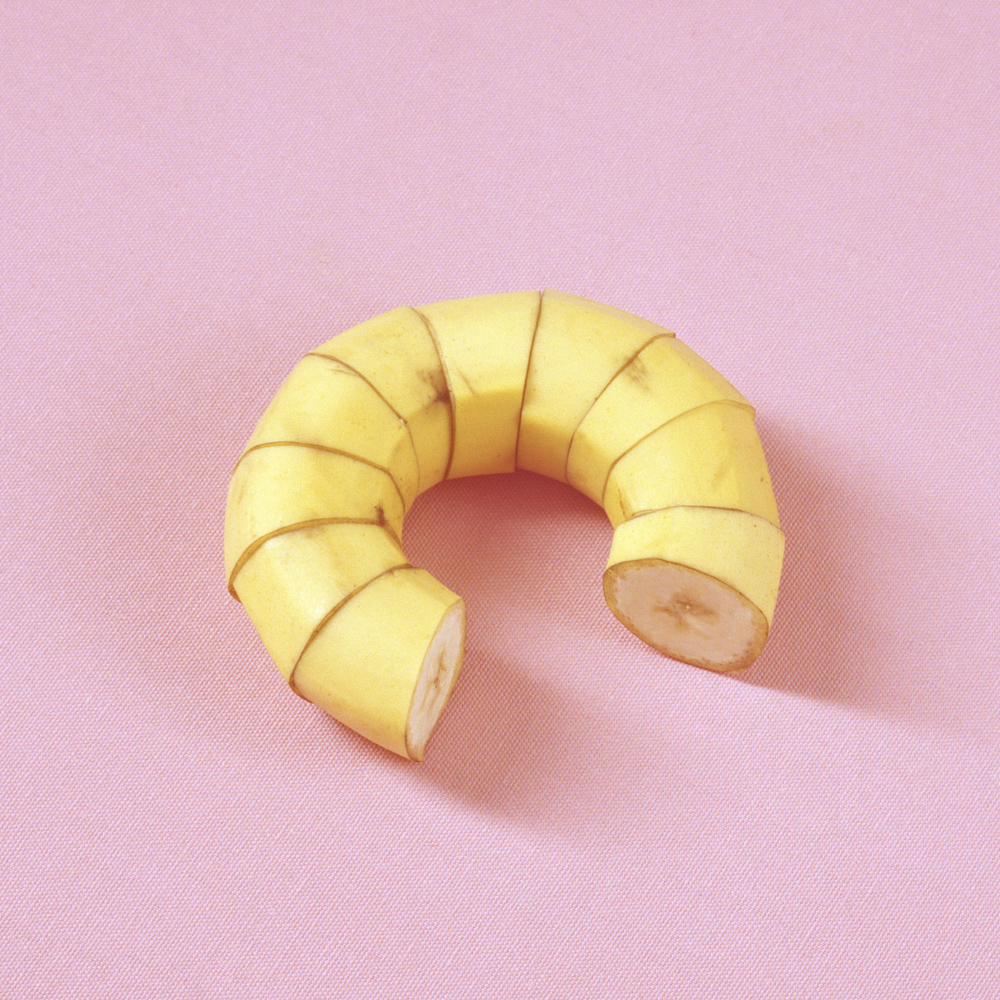 Rick Pushinsky, Spring, from the series Songs of Innocence & of Experience: A Study Guide, 2016, courtesy the artist
Rick Pushinsky, Spring, from the series Songs of Innocence & of Experience: A Study Guide, 2016, courtesy the artist
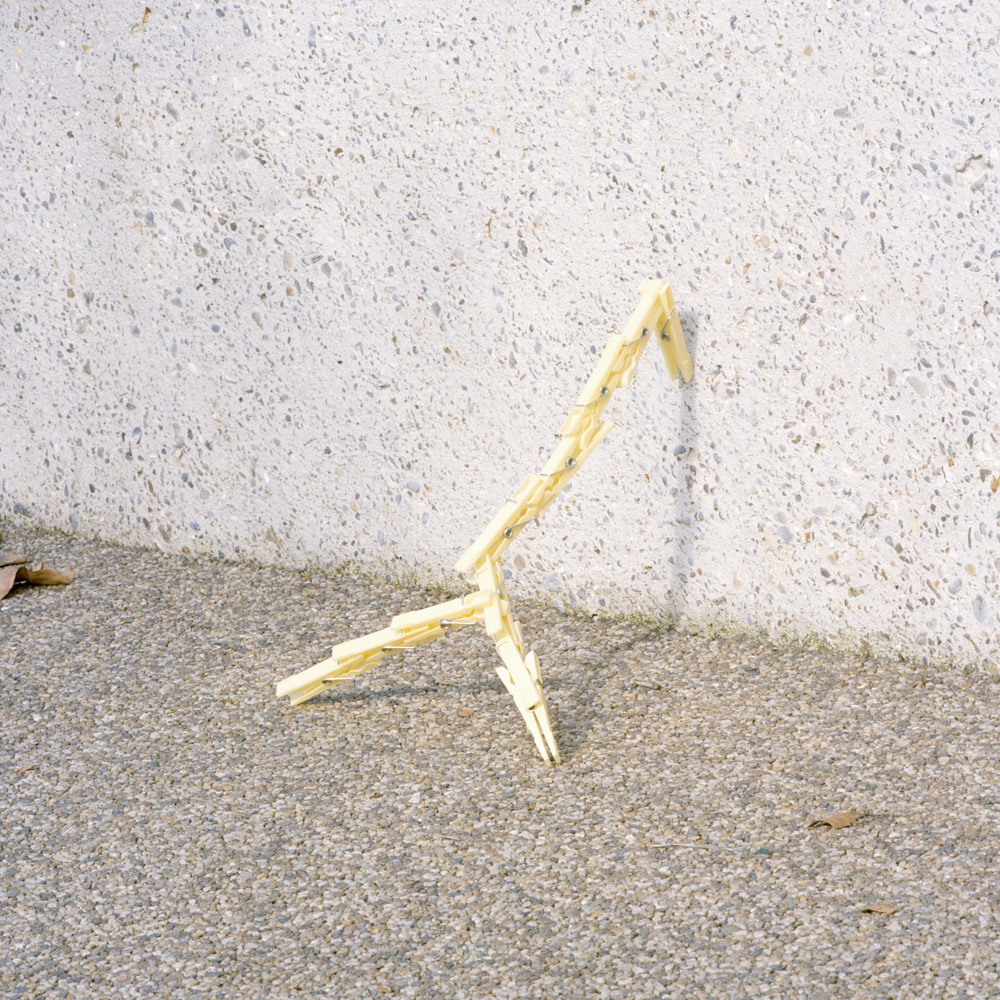 Rick Pushinsky, A Little Girl Lost, from the series Songs of Innocence & of Experience: A Study Guide, 2016, courtesy the artist
Rick Pushinsky, A Little Girl Lost, from the series Songs of Innocence & of Experience: A Study Guide, 2016, courtesy the artist
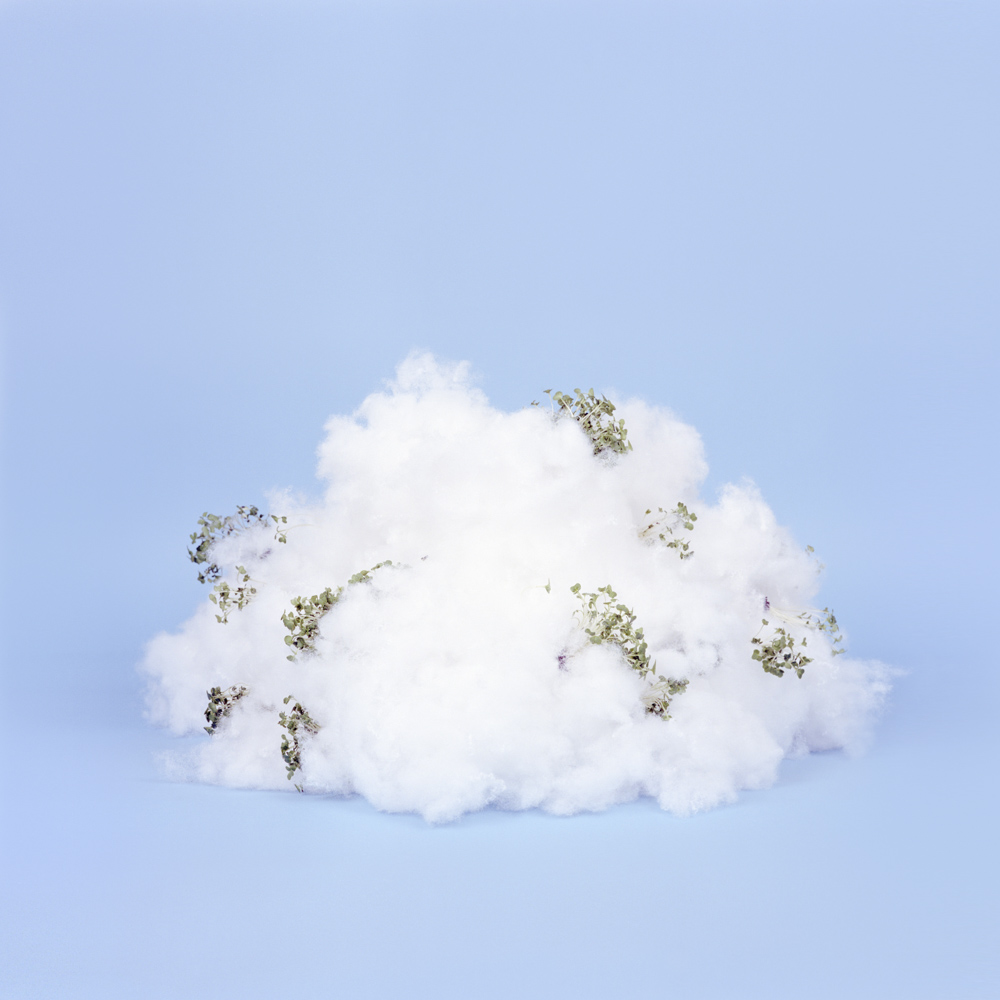 Rick Pushinsky, Holy Thursday (Innocence), from the series Songs of Innocence & of Experience: A Study Guide, 2016, courtesy the artist
Rick Pushinsky, Holy Thursday (Innocence), from the series Songs of Innocence & of Experience: A Study Guide, 2016, courtesy the artist